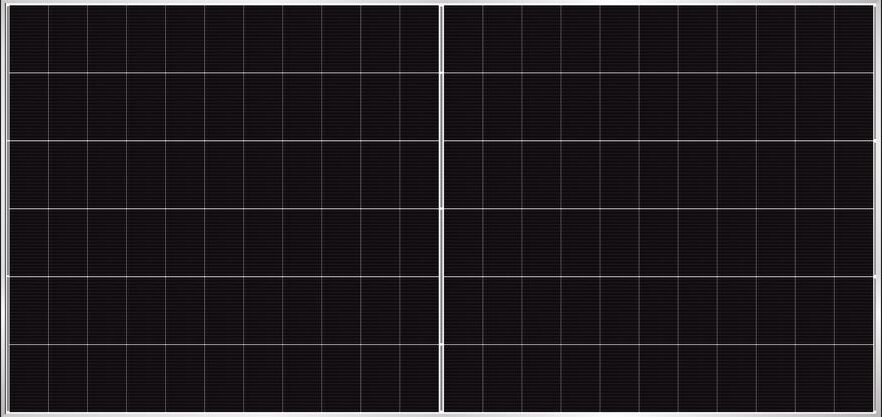Chinese heterojunction (HJT) solar module manufacturer Huasun launched two new solar panel series this week for ground-mounted PV applications.
The company said the new products feature its zero busbar (0BB) technology. “Huasun's approach primarily involves welding and dispensing, incorporating advantages such as stronger adhesion, improved resistance to hot spots, and elimination of carrier film,” it said in a statement. “Huasun adopts a simpler two-step screen print (SP) technology to deliver superior product quality and enhanced electrical and cell-to-module (CTM) performance, demonstrating significant advantages over super multi-busbar (SMBB) products in terms of open-circuit voltage, conversion efficiency and module power output.”
“Huasun's 0BB modules employ front-layer welding, which offers benefits including reliable soldering, and reduced contact resistance,” added Christian Comes, Huasun’s director of business development in Europe. “Additionally, the design reduces metal coverage on the back, expanding the light-receiving area and achieving bifaciality of up to 90%,”
The largest of the two product lines is the Himalaya G12 Series including five variants with power output ranging from 720 W to 740 W and power conversion efficiency spanning g from 23.18% and 23.82%. The open-circuit voltage is between 49.79 V and 50.43 V and the short-circuit current is between 17.93 A and 18.17 A.
The panels feature 132 half-cut monocrystalline HJT cells, measure 2,384 mm x 1,303 mm x 33 mm and weigh 38.7 kg.
The other product line is the Everest G12R Serie available in five variants with an output of 615 W to 635 W and an efficiency ranging from 22.77% to 23.51%. The open-circuit voltage is between 49.75 V and 50.39 V and the short-circuit current is between 15.44 A and 15.70 A.
These modules also feature 132 half-cut monocrystalline HJT cells. They measure 2,382 mm x 1,134 mm x 30 mm and weigh 32.6 kg.
Both products can operate with a maximum system voltage of 1,500 V and feature an IP68 enclosure, with anodized aluminum frames. They have a temperature coefficient of -0.24% per C and their operational temperature ranges from -40 C to 85 C. Both sides of the bifacial modules are covered with 2.0 mm glass.
The new products come with a 30-year linear power output guarantee and a 15-year product guarantee. The degradation in the first year is purportedly 1.0% and 30-year end power output is guaranteed to be no less than 88% of the nominal output power.
“Huasun has significantly elevated the electrical, optical, and temperature coefficient performance of HJT modules, enhancing the market competitiveness of its product lineup,” it also stated.
This content is protected by copyright and may not be reused. If you want to cooperate with us and would like to reuse some of our content, please contact: editors@pv-magazine.com.




By submitting this form you agree to pv magazine using your data for the purposes of publishing your comment.
Your personal data will only be disclosed or otherwise transmitted to third parties for the purposes of spam filtering or if this is necessary for technical maintenance of the website. Any other transfer to third parties will not take place unless this is justified on the basis of applicable data protection regulations or if pv magazine is legally obliged to do so.
You may revoke this consent at any time with effect for the future, in which case your personal data will be deleted immediately. Otherwise, your data will be deleted if pv magazine has processed your request or the purpose of data storage is fulfilled.
Further information on data privacy can be found in our Data Protection Policy.